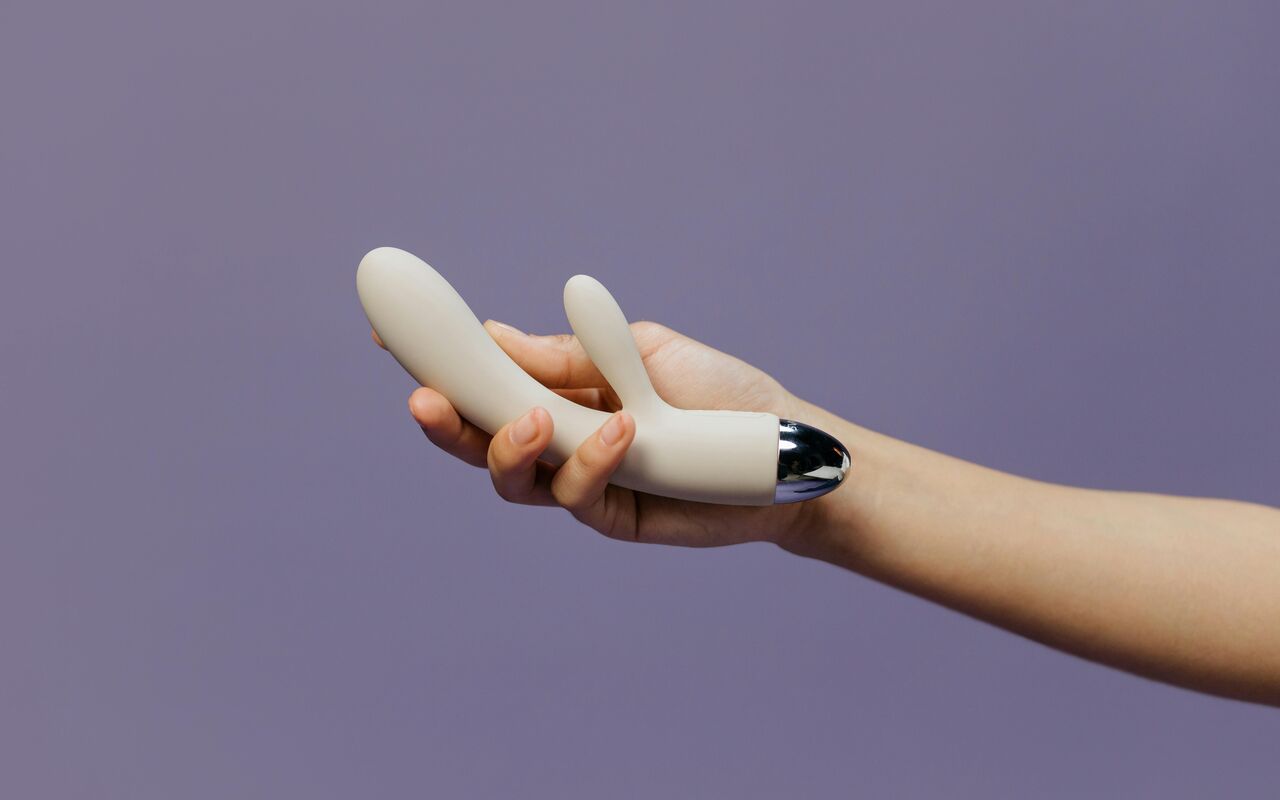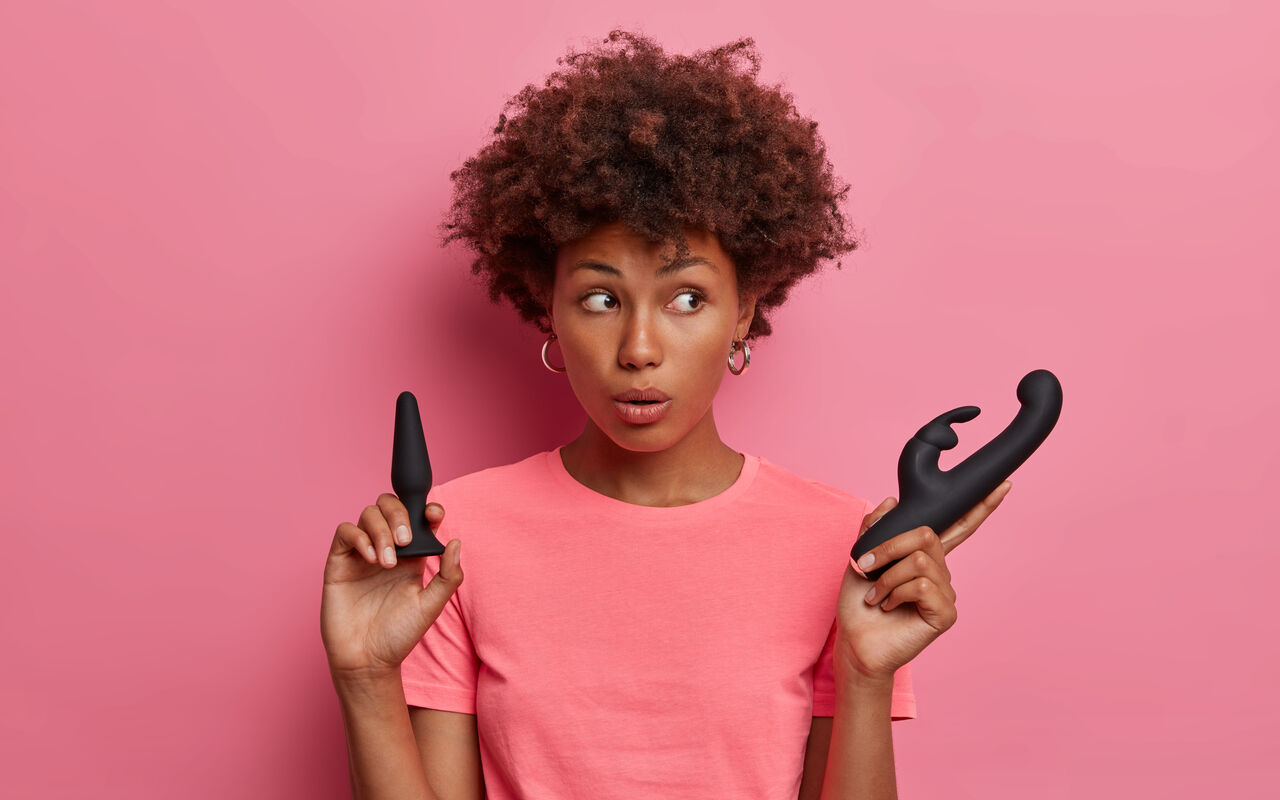
Known by various names such as Ben Wa balls, Geisha balls, or pleasure balls, Kegel balls are small, weighted spheres designed for insertion into the vagina. Available in a range of sizes, weights, and materials, these intriguing tools serve a dual purpose: enhancing pelvic floor health and significantly boosting sexual pleasure. While they’ve gained recent mainstream attention, their use for vaginal strengthening dates back centuries. Let’s delve into what they are, how to use them safely, and how they can enrich your intimate life.
What Are Kegel Balls Used For?
Historically, Kegel balls were primarily utilized to help individuals strengthen their vaginal and pelvic floor muscles. The subtle weight of the balls provides a gentle challenge, encouraging the user to engage and tone these muscles through contraction and relaxation. A strong pelvic floor is crucial for various aspects of health, including supporting internal organs, improving bladder control, and facilitating childbirth recovery.
However, in contemporary use, Kegel balls are perhaps even more widely recognized for their ability to elevate sexual sensation and pleasure. The presence of the weighted balls internally can increase awareness of the vaginal canal and pelvic muscles. When combined with movement or sexual activity, the internal shifting and pressure of the balls can create unique and intensified sensations, often described as a deep, subtle vibration or tingling. Their mention in popular culture has certainly piqued interest, leading many to explore their pleasure-enhancing potential.
Who Can Safely Use Kegel Balls?
For most adult women, incorporating Kegel balls into their routine is safe and beneficial. However, like any exercise or intimate practice, it’s important to proceed with awareness and caution. Potential risks, though rare, can include muscle strain from overuse or improper technique, or discomfort if the wrong size or weight is used.
It is highly recommended to consult with a healthcare provider or a pelvic floor physical therapist before using Kegel balls if you:
Are pregnant, or in the postpartum period (especially if you’ve had a difficult delivery or tearing).
Experience existing pelvic pain, discomfort, or have a current vaginal or pelvic infection.
Are recovering from any gynecological or pelvic surgery.
Use an intrauterine device (IUD). While generally safe, some users may experience increased awareness or discomfort.
Use a menstrual cup regularly, as the internal fit and pressure might be different.
Your doctor can provide personalized advice based on your health history and current condition.
Getting Started: Insertion
Proper hygiene is paramount before insertion. Always start by thoroughly washing your hands with antibacterial soap. Next, clean your Kegel balls with warm water and a mild, antibacterial soap designed for body-safe materials, or a dedicated sex toy cleaner. Rinse them completely and dry them with a clean, lint-free towel or allow them to air dry completely.
Application of lubricant is key for comfortable insertion. Use a generous amount of high-quality, water-based personal lubricant around your vaginal opening and directly onto the Kegel balls. Silicone-based lubricants should never be used with silicone Kegel balls, as they can degrade the material.
Find a comfortable position, such as lying down with knees bent or standing with one leg raised slightly. Gently insert the first ball into the vaginal canal, pushing it upwards, followed by the second ball (if using a connected set). If your set includes a retrieval loop or string, ensure this remains easily accessible outside the vagina for removal.
Once inserted, stand up and gently contract your pelvic floor muscles. The balls should feel comfortably seated inside your vaginal canal and not feel like they are going to slip out easily. If they feel too heavy or seem to be positioned too low, they might be too heavy for your current muscle strength. Try adjusting their position higher inside, but if they still feel unstable, consider trying a lighter set.
The sensation of wearing Kegel balls varies but is often described as a subtle internal awareness or a gentle, pleasant weight and tingling, which can become more pronounced with movement.
What to Do Once They’re In?
Your activity while wearing Kegel balls depends entirely on your goal – whether it’s muscle strengthening or pleasure enhancement.
For Pelvic Floor Strengthening:
Wearing weighted Kegel balls adds resistance to your pelvic floor exercises, making contractions more effective and helping you isolate the correct muscles. With the balls inserted comfortably, perform targeted Kegel exercises: squeeze your pelvic floor muscles as if you are trying to stop the flow of urine and lifting the balls internally. Hold the contraction for about 5-10 seconds, then fully relax for an equal amount of time. Repeat this squeeze-and-relax cycle for 5-10 repetitions to complete one set. Aim for 2-3 sets per day. Consistency is more important than intensity initially.
For Enhancing Sexual Pleasure (Solo or Partnered):
Kegel balls aren’t typically used with the same in-and-out motion as traditional vibrators or dildos (though some people do find this pleasurable). Their primary pleasure-enhancing effect comes from the internal sensation they create when worn.
Solo Play: With the balls inserted, engage in your usual solo activities like clitoral stimulation, external massage, or using other toys externally. The internal presence and subtle movement of the balls as you shift and contract your muscles can significantly amplify the sensations you experience externally, creating a deeper, fuller feeling of arousal. Try gently squeezing your pelvic floor muscles while using a vibrator on your clitoris for an intensified experience.
Partnered Play: Kegel balls can add an exciting layer to partnered intimacy. Because they are discreet and silent, they can be inserted as a secret during foreplay or even before a date to build anticipation. The longer they are in, the more heightened your internal awareness and sensitivity might become.
Before Penetration: You can wear them during kissing, touching, or manual stimulation, removing them just before vaginal penetration begins.
During Penetration (Advanced – Use Caution): For those comfortable and experienced with Kegel balls, wearing them during vaginal penetration can create incredibly intense sensations. As your partner’s penis or a dildo moves within the vagina, it will gently shift the Kegel balls, creating a unique internal massage and pressure against the vaginal walls and potentially the G-spot area. If trying this, start with slow, shallow thrusts to gauge the sensation and ensure comfort. Communicate openly with your partner.
Anal Play (IMPORTANT!): While anal penetration can indirectly stimulate the G-spot (which is located on the anterior vaginal wall) by putting pressure on the rectum, you should NEVER insert Kegel balls into the anus. They are not designed for anal anatomy, can easily get stuck, and removal can be difficult and potentially require medical assistance. If used in conjunction with anal play, the Kegel balls must remain safely inserted within the vagina.
Removing Your Kegel Balls
How long you can wear Kegel balls varies depending on the balls themselves, your comfort level, and your pelvic floor strength. Beginners should start with shorter durations (e.g., 15-30 minutes) and gradually increase as they build strength and endurance. Generally, it’s advised not to wear them for more than 4-6 hours at a time to avoid overexertion.
With a Retrieval String/Loop: If your Kegel balls are connected with a string or loop, removal is usually straightforward. Lie down or squat in a comfortable position, relax your pelvic floor muscles, and gently pull on the retrieval string until the balls slide out. Adding a little more lubricant to the vaginal opening can ease removal if needed.
Without a Retrieval String/Loop (for experienced users): For sets without a string, removal requires using your pelvic floor muscles. Squat down and gently bear down or push with your vaginal muscles, similar to having a bowel movement, while simultaneously relaxing your vaginal opening. Gravity and muscle contraction should help the balls descend and be expelled.
Don’t panic if the balls don’t come out immediately. Try changing positions, relaxing, adding more lube, coughing, or gently bearing down. Persistent difficulty should prompt a call to your doctor.
Cleaning and Storing Your Kegel Balls
Maintaining the cleanliness of your Kegel balls is non-negotiable to prevent the introduction of bacteria into the vagina, which can lead to infections like bacterial vaginosis or yeast infections.
Immediately after removal, thoroughly wash your Kegel balls with warm water and a mild antibacterial soap or a dedicated sex toy cleaner. Pay attention to any seams or textures where bacteria might linger. Rinse them completely under running water to remove all soap residue.
Drying is just as crucial as washing. Pat the balls completely dry with a clean, lint-free towel or allow them to air dry fully in a clean space with good airflow. Ensure they are bone dry before storing.
Store your clean and dry Kegel balls separately from other sex toys, especially those made of different materials like TPE, TPR, or jelly. Silicone can react poorly with these materials over time, causing them to become sticky or degrade. Use a dedicated storage pouch (often included with the set) or a clean, breathable bag made of fabric like silk or cotton. Store them in a cool, dry place away from direct sunlight.
Potential Risks and When to Seek Medical Advice
While generally safe, be mindful of these potential issues:
Overexertion: Squeezing too hard or for too long (more than 10 seconds) or not allowing adequate rest between contractions and sets can temporarily fatigue or strain the pelvic floor muscles.
Wearing Too Long: Keeping balls inserted for excessive periods (beyond 4-6 hours) can also lead to muscle fatigue.
Infection: Using improperly cleaned or stored Kegel balls is the main risk factor for introducing harmful bacteria.
Discontinue use immediately and consult your doctor if you experience:
Severe pain or significant discomfort during or after use.
Unusual vaginal discharge (changes in colour, consistency, or amount).
An unusual or foul odour.
Persistent difficulty removing the balls.
Choosing Your First Set
If you’re new to Kegel balls, start simple to build confidence and strength.
Material: Begin with body-safe materials like ABS plastic or high-quality silicone. These are non-porous and easy to clean.
Weight & Size: Start with a lighter set. Often, beginner sets are larger and lighter, as larger balls are easier to grip with the pelvic floor muscles. A set of two connected balls is standard and easier to control initially.
Retrieval Method: A set with a retrieval string or loop is highly recommended for beginners, making removal less daunting.
As your pelvic floor strength improves and you become more comfortable, you can gradually increase the challenge by:
Moving to smaller balls (which require more precise muscle control).
Progressing to heavier materials like metal or glass (which provide more weight).
Using individual balls instead of a connected set (requires independent control of each ball).
Focus on changing only one element at a time (e.g., switch to a heavier material but keep the size the same) to understand how each factor affects your experience and progress safely.
By approaching Kegel balls with knowledge, proper technique, and a focus on hygiene, you can safely explore their benefits for both pelvic health and heightened pleasure.




